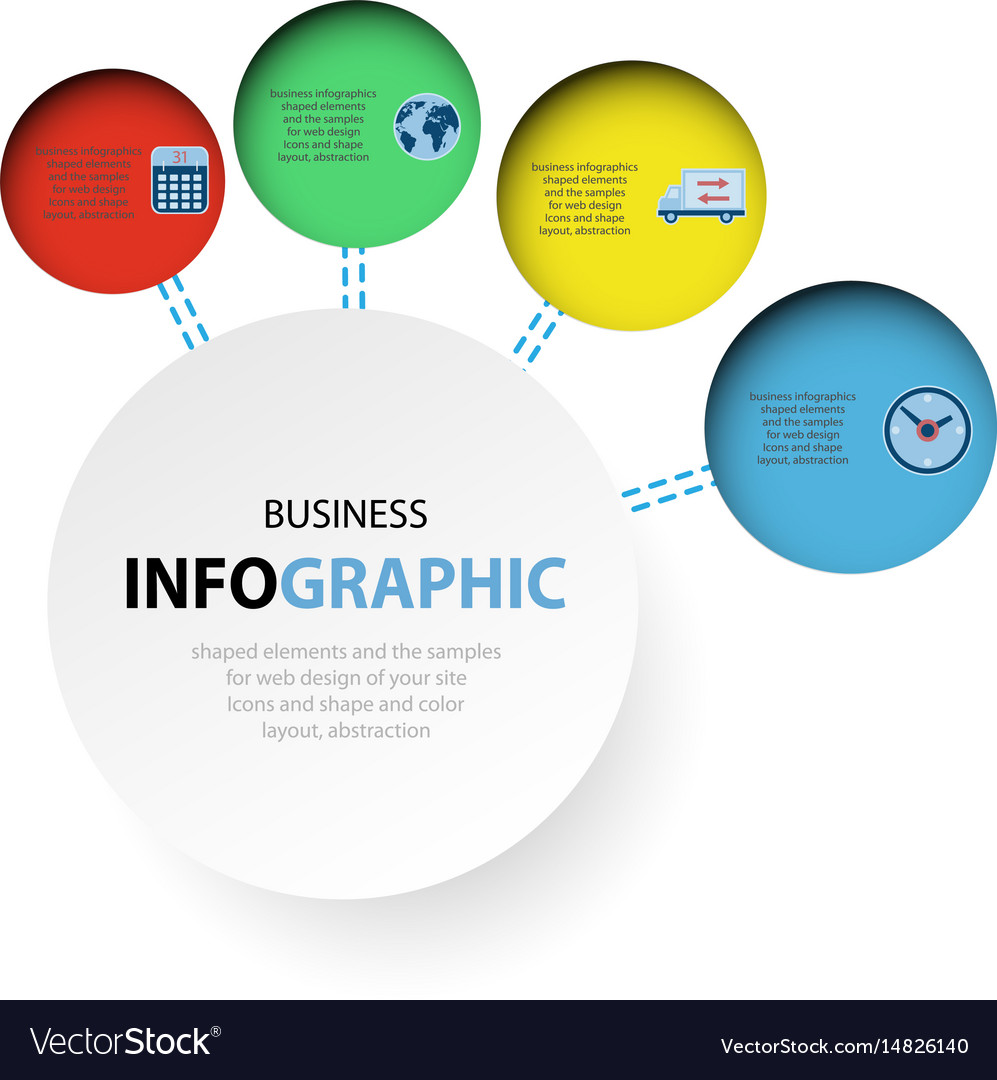In the past, internet sites were simple and concentrated on details. Navigating was straight, and design was for desktops. Currently, individual experience is crucial. Information overviews layouts for easy navigation. Responsive designs match different tools. Today, dark mode reduces stress, and minimalist food selections enhance navigating. Interactive attributes engage individuals, and bold visuals attract attention. AI combination increases engagement. See just how style has progressed to improve your on the internet trip.
Early Days of Website Design
In the early days of website design, simpleness preponderated. Get the facts were fundamental, with limited shades, fonts, and designs. The emphasis got on supplying info instead of flashy visuals. Customers accessed the internet via slow-moving dial-up connections, so speed and performance were vital.
Navigating food selections were straightforward, commonly situated at the top or side of the web page. Sites were made for computer, as mobile surfing had not been yet prevalent. Web content was king, and developers prioritized easy readability over intricate layout components.
HTML was the primary coding language made use of, and designers needed to work within its constraints. Animations and interactive functions were very little compared to today's requirements. Web sites were fixed, with little dynamic material or customized customer experiences.
Rise of User-Focused Design
With the development of web site design, a shift towards user-focused design concepts has come to be increasingly popular. Today, producing websites that focus on user experience is essential for engaging site visitors and attaining service objectives. User-focused layout involves comprehending the requirements, preferences, and actions of your target market to tailor the internet site's format, content, and features as necessary.
Developers currently perform comprehensive study, such as user surveys and functionality screening, to collect insights and feedback straight from individuals. This data-driven technique aids in producing intuitive navigating, clear calls-to-action, and visually attractive interfaces that resonate with site visitors. By placing the customer at the facility of the style process, sites can provide a much more individualized and delightful experience.
Responsive style has actually likewise emerged as an essential aspect of user-focused design, making sure that web sites are maximized for various devices and display dimensions. gmb profile and usability, satisfying the varied methods users communicate with websites today. Basically, the rise of user-focused style symbolizes a change towards producing digital experiences that focus on the demands and expectations of completion individual.
Modern Trends in Website Design
Discover the most up to date trends shaping web design today. One noticeable fad is dark mode style, using a streamlined and modern-day look while minimizing eye pressure in low-light settings. One more key trend is minimalist navigation, streamlining menus and boosting user experience by focusing on essential elements. Including micro-interactions, such as animated switches or scrolling impacts, can create a more appealing and interactive site. Responsive style continues to be vital, guaranteeing smooth individual experiences across numerous devices. Furthermore, making use of vibrant typography and asymmetrical layouts can add aesthetic interest and accentuate certain content.
Integrating AI innovation, like chatbots for customer support or customized recommendations, improves customer engagement and streamlines procedures. Ease of access has likewise come to be a considerable trend, with developers prioritizing inclusive style practices to deal with varied customer requirements. Welcoming sustainability by optimizing web site performance for speed and effectiveness is one more emerging pattern in website design. Collaborating with user feedback and data analytics to iterate and improve style constantly is necessary for remaining appropriate in the ever-evolving electronic landscape. By accepting these modern-day fads, you can produce a visually enticing, straightforward internet site that resonates with your audience.
Verdict
As you review the advancement of web site style from the early days to currently, you can see how user-focused design has ended up being the driving pressure behind contemporary patterns.
Accept the trip of modification and adaptation in web design, constantly maintaining the customer experience at the center.
Stay current with the latest trends and technologies, and never stop developing your approach to create aesthetically spectacular and straightforward internet sites.
Evolve, adapt, and create - the future of website design remains in your hands.
